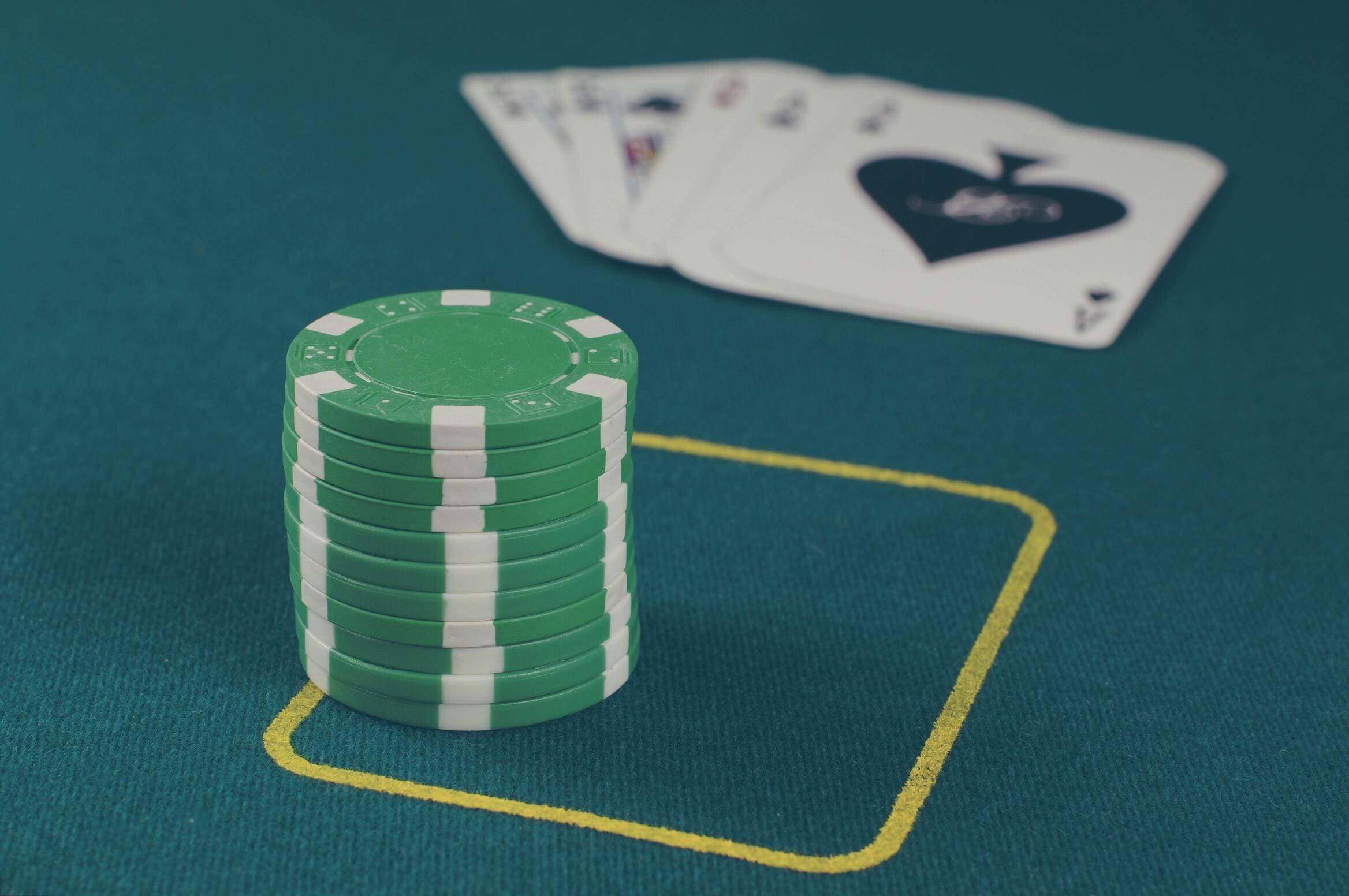Black Friday is quite a popular day the world over as it marks the start of the Christmas shopping season. Often, many outlets offer discounted prices on Black Friday. The poker world does have its own Black Friday.
However, this isn’t a day to purchase discounted products. Rather, it’s a Remembrance Day of remembering one of the pioneering betting sites in the world of poker that is, Full Tilt Poker. Unfortunately, this site isn’t in existence anymore hence the reason this guide answers the question, what happened to Full Tilt Poker?
Owned and operated by leading poker players including Chris Ferguson, Phil Ivey and Howard Lederer, Full Tilt Poker from 2004 to 2011 was the go-to place for all online poker players. It offered the best poker games, and poker tournaments and accepted players from most jurisdictions across the world including the U.S.
However, all things crumbled for Full Tilt Poker on April 15, 2011 – the day now affectionately referred to as Black Friday in the poker world. The U.S. Department of Justice pounced and seized the domains of Absolute Poker, PokerStars and Full Tilt Poker. These three at the time were the most popular and largest online poker sites serving U.S. players.
Start of the Downfall
Though the U.S. Department of Justice seizure of Full Tilt Poker’s domain and two other sites was devastating, it was not really the end of the gambling platform. Full Tilt Poker was given permission to continue its operations in other parts of the world on the understanding that it would pay out in full the frozen account balances of its U.S. players. This deal was also granted to PokerStars and Absolute Poker.
Unfortunately, Full Tilt Poker failed to meet the end of its deal. What seemed just like a simple task of paying account holders their money from deposit funds became a difficult if not impossible task.
This, therefore, led the authorities to investigate the operations of the gambling platform at which point they realised that Full Tilt Poker was operating as a Ponzi scheme and was mis appropriately using player deposit funds. Generally, gambling platforms are required to keep player deposit funds separately, they are not supposed to be used for day-to-day expenses something which Full Tilt Poker was doing.
PokerStars met the end of its deal with the Justice Department then purchased Full Tilt Poker in 2012 on an agreement that it would take over the responsibility of paying out the U.S. players. After finalising the purchase, PokerStars started paying out players from 2014 up to 2016. In total, PokerStars paid out $114 million.
Sinking into Oblivion
The same year that PokerStars finalised paying out the U.S. players, it merged the Full Tilt brand into its poker client. This, therefore, means that Full Tilt Poker is now just PokerStars software.
The end of Full Tilt Poker was devastating for so many U.S. players. Not just that they spent so long before they could receive their payouts but that they lost a great competitor in the poker world which allowed them to shift seamlessly between and among poker sites whenever they felt the desire to do so.
To many analysts, the major lesson that the downfall of Full Tilt Poker teaches other poker sites is that player funds should always be treated as such and hence need not be abused. At the same time, it’s great to diversify operations early as troubles from one jurisdiction may be cushioned by operations from other purifications rather than relying on one main jurisdiction.


